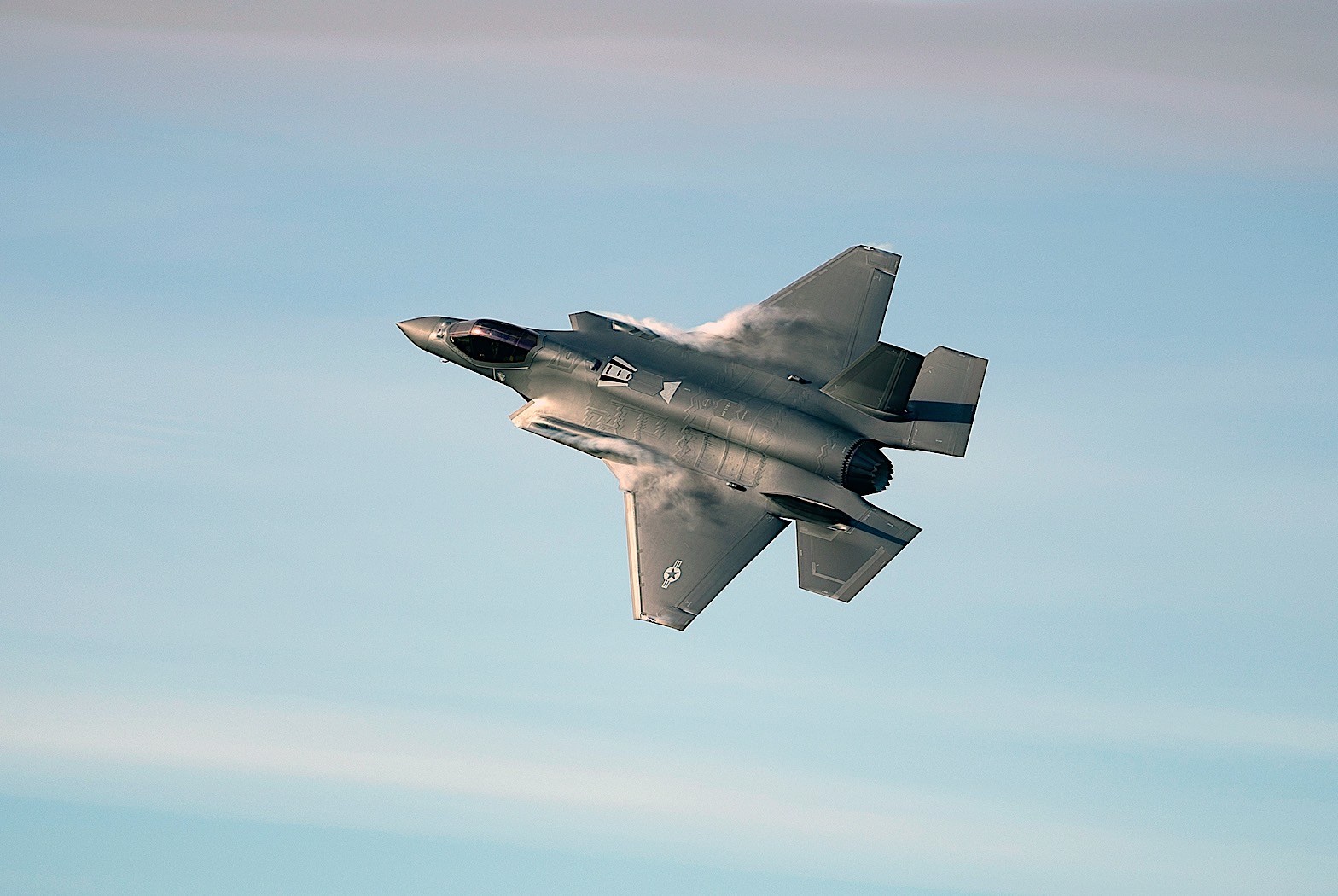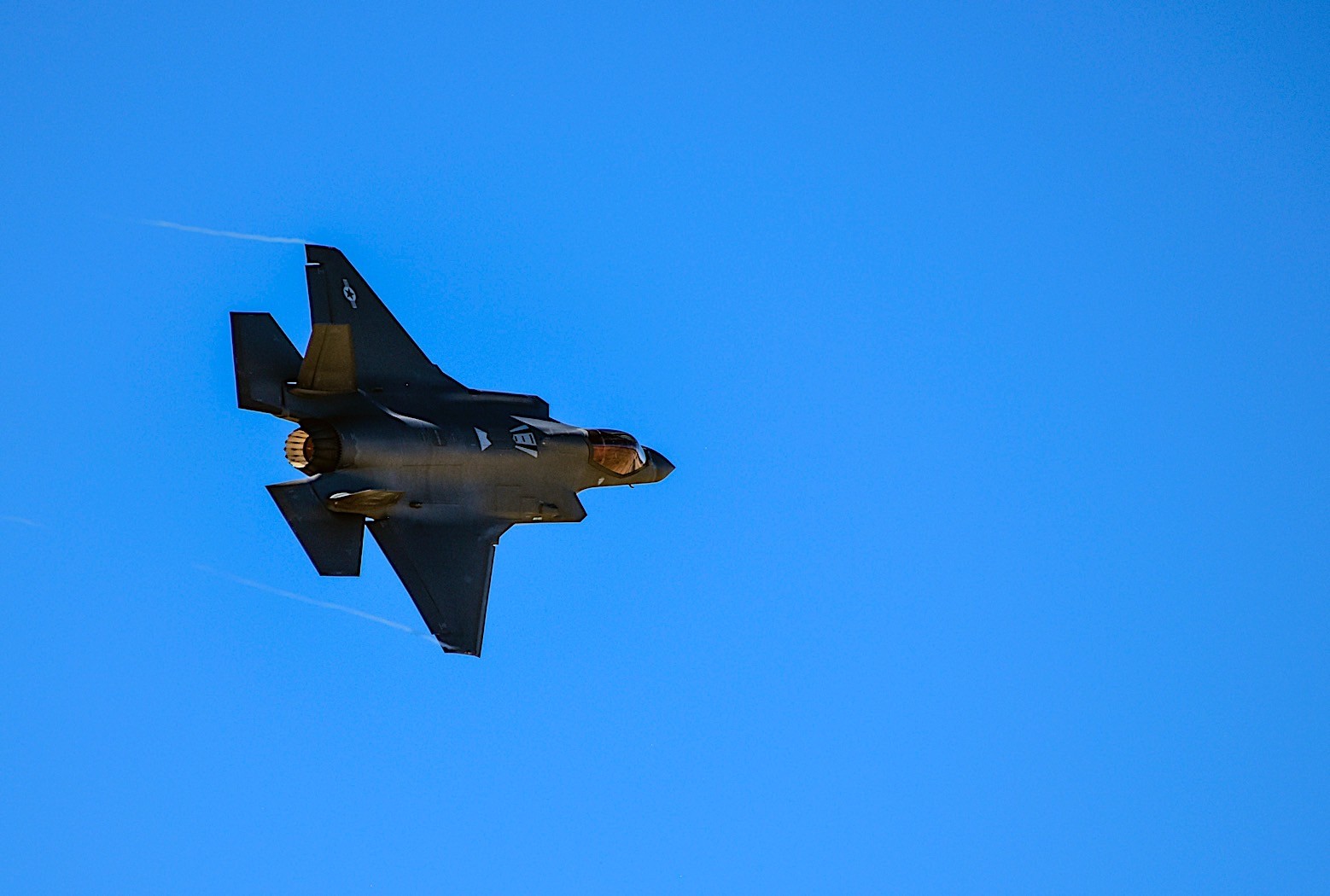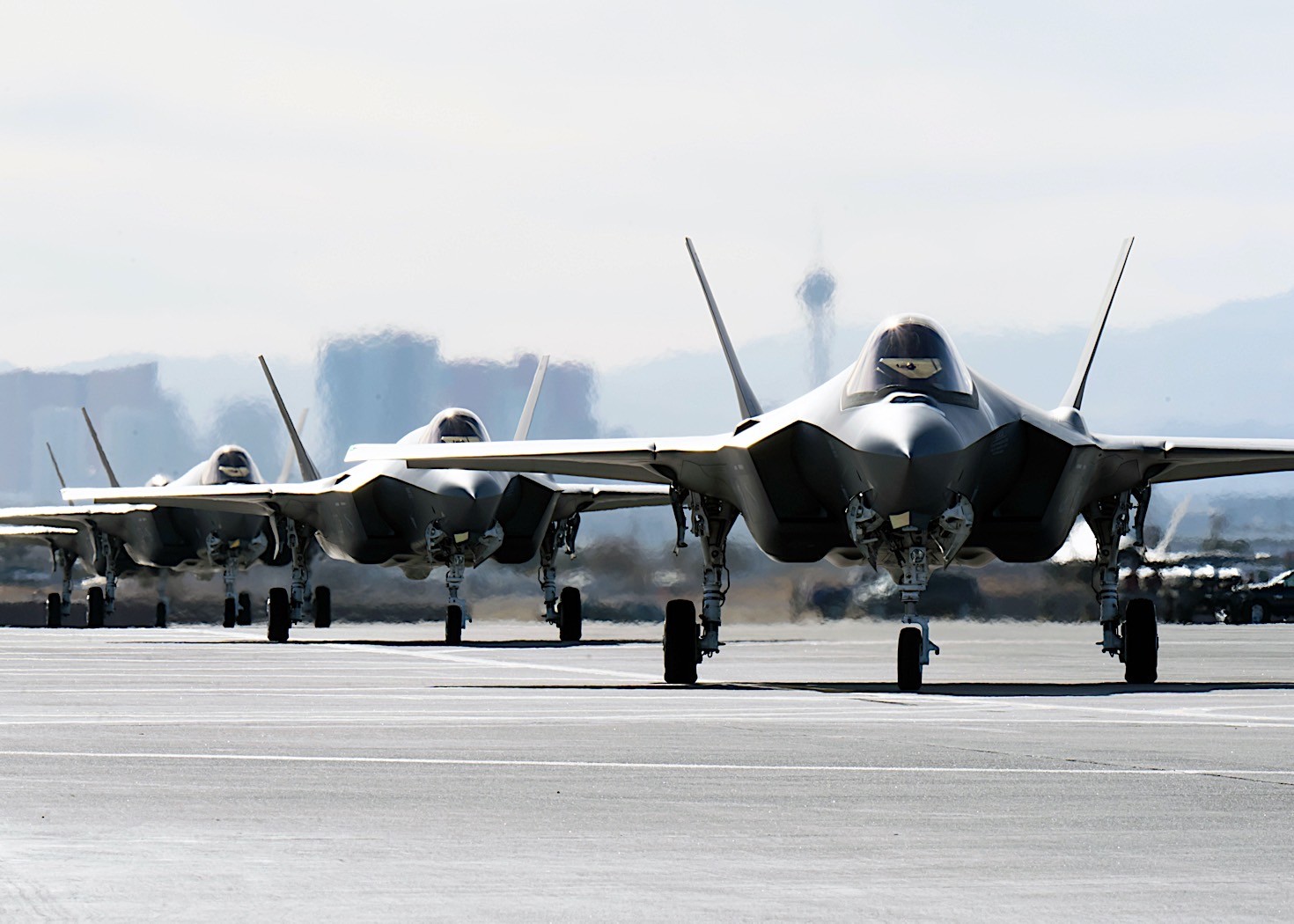The F-35 Lightning II, a versatile fighter aircraft, is available in three main variants for the U.S. military: the F-35A, F-35B, and F-35C. Each variant is designed to meet the specific needs of different branches, with the F-35B leading the way as the first to enter operational service in 2015. Its STOVL capabilities make it ideal for Marine Corps operations.
The Air Force followed suit in 2016 with the F-35A, and the Navy joined the fleet in 2019 with the F-35C. Over time, the lines between these variants have blurred, as evidenced by the recent assignment of F-35Cs to a Marine Fighter Attack Squadron. VMFA 251, based at MCAS Cherry Point, North Carolina, is the first unit on the East Coast to receive this variant.

The squadron is transitioning from legacy F/A-18 Hornets to the F-35, marking a significant step forward in its capabilities. This move reflects the evolving nature of modern warfare and the increasing versatility of the F-35 Lightning II.
The F-35C is a fifth-generation fighter jet designed for both land-based and carrier operations. Offering a longer range and endurance than the F-35B, it’s powered by a single F135-PW-100 engine, capable of reaching Mach 1.6 and flying up to 1,367 miles without refueling.
A single pilot operates the aircraft, which can carry a maximum takeoff weight of 70,000 pounds, including a payload of 18,000 pounds. The F-35C can carry a variety of missiles and bombs, including the AIM-120C/D, GBU-31 JDAM, AIM-9X, GBU-12 LGB, and AGM-154 JSOW.

With an estimated cost of over $94 million per unit, the F-35C is the only fifth generation fighter jet available for international partners, as the F-22 Raptor is reserved for the United States.
The F-35C’s advanced technology, including its stealth capabilities, advanced sensors, and powerful weapons, make it a formidable asset for any military. Its ability to operate from both land and sea bases provides it with a high degree of flexibility and adaptability.
However, the F-35C’s high cost and complex maintenance requirements have been subject to criticism. Despite these challenges, the F-35C remains a significant investment in military aviation and is expected to play a crucial role in future conflicts.

